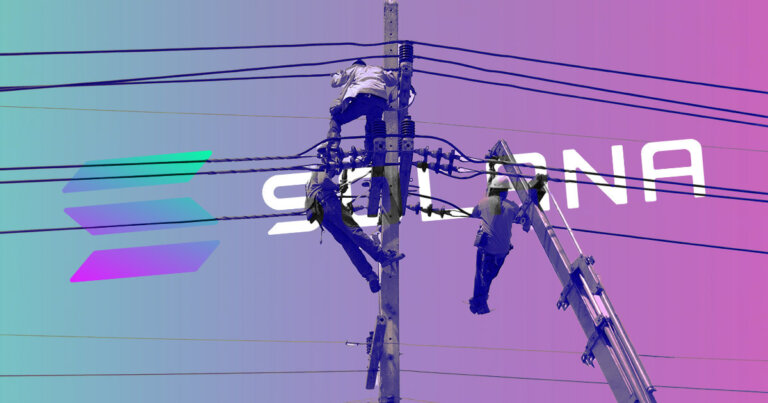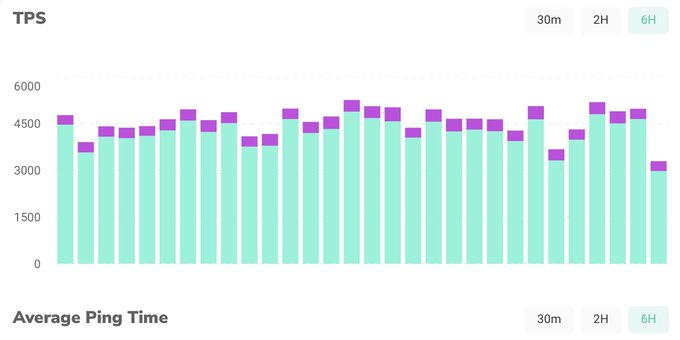 Here’s why the recent Solana outage took almost a day to resolve
Here’s why the recent Solana outage took almost a day to resolve Here’s why the recent Solana outage took almost a day to resolve
On-chain consensus bogs down Solana and requires validator communication to take place on Discord when the network does go down.

Cover art/illustration via CryptoSlate. Image includes combined content which may include AI-generated content.
Twitter user @DBCrypt0 explained why Solana was down for almost 20 hours over the weekend.
Solana’s uptime status showed the network suffered an outage that lasted 18 hours and 50 minutes on Feb. 25 — the first interruption in 2023.
Solana has a history of network outages, having endured 11 major, and 3 minor, outages in 2022. The downtime outages ranged between 1 hour 15 minutes and 17 hours 7 minutes during this period. The most recent outage was the longest in over a year.
@DBCrypt0 said outages occur due to “a massive design flaw” that bogs the system down. He also explained that validator communications shift to Discord during an outage, contributing to potentially long downtimes.
Solana’s design flaw
Solana adopts an on-chain consensus model, meaning network transactions consist of consensus communication between validators and the transactions themselves — such as token transfers and minting. This inflates the transaction volume, said @DBCrypt0.
The chart below shows a snapshot of the network’s transactions. The pink portion of the bar represents actual transactions, while the light blue refers to the validator verification communications. @DBCrypt0 commented that it was “crazy” validator messages make up 90%-95% of transactions.
“So when #Solana mentions they are doing 4K TPS just know less than 10% are ACTUAL transactions on the network.”

As the majority of transaction volume is made up of validators’ messages, this “bog[s] down the system.” And when the network goes down, validators cannot speak to one another, said @DBCrypt0.
In such instances, validators turn to Discord to decide what to do. The problem is that two-thirds of validators must consent to any proposed action before it can happen, and some may be offline and unaware of an outage.
“They then need 66% of validators I believe to agree on a solution to get back up.”
Hedera called out
Solana “creates insane amounts of data for full nodes” by operating an on-chain consensus model, @DBCrypt0 said.
He added that by bloating the history with unnecessary validator messages, “a data center” is required to operate a full Solana node.
In rounding off, @DBCrypt0 pointed out that Hedera also runs an on-chain consensus model and suffers from the same inherent bloat flaw as Solana.
“Sorry to break it to all the #HBARbarians but the majority of tx are unnecessary
Just as they are on #Solana
$HBAR only does around 3-5 TPS on average.”
On Feb. 25, SOL suffered a 9% swing to the downside but recovered by closing the next daily candle above the previous day’s opening price — indicating the market accepting Solana outages as expected behavior.
A Hedera representative contacted CryptoSlate post publication to clarify that the network does not operate an on-chain consensus mechanism. Instead, the Hedera Consensus Service "creates decentralized, auditable logs of immutable and timestamped events" to track and log data.























































